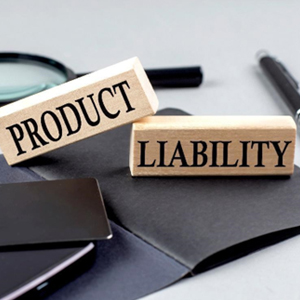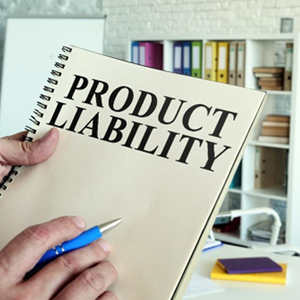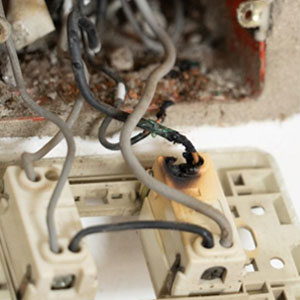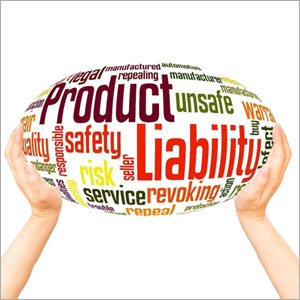
In this article, you can discover: The fundamental differences between negligence and strict liability in product cases. How misrepresentation is defined and proven in California's product liability claims. Effective strategies to counter insurance defenses in defective product settlements. How Is Negligence Different From Strict Liability In A Product Liability Case? Negligence and strict liability are distinct legal concepts in the realm of liability. Strict liability holds a party within the chain of distribution responsible, regardless of any duty or knowledge of potential risks. Strict liability is based on the idea that those in the chain, such as sellers or manufacturers, are best positioned to identify and mitigate dangers. On the other hand, a negligence claim requires the plaintiff to demonstrate that the seller or manufacturer's actions fell below an established standard of care. This involves proving that the standard of care in the industry was not met, such as failing to ensure adequate warnings that…Read More

In this article, you can discover: Why manufacturers and distributors are held accountable for product-related injuries. How to prove a defective product caused your injuries, not your actions. The impact of partial consumer responsibility on compensation in product liability. Who Is Held Liable For My Injuries In A Product Liability Case? Have you ever wondered who is responsible when a product causes injury? In California, the law of strict product liability casts a wide net. Not just manufacturers, but designers, retailers, and distributors could be held responsible. This means if you're injured by a defective product, the law ensures that those who made and sold it, not you, bear the responsibility. However, responsibility isn't automatic for everyone in the chain. For example, a hotel owner might not be held liable for a defective lamp that causes injury. But generally, if a product you used as intended causes harm due to a defect, those who created…Read More

In this article, you can discover: The diverse injuries caused by defective products, from burns to brain damage. How manufacturers can be liable, despite disclaimers, under California's strict liability laws. The range of damages claimable in product liability cases, including punitive damages. What Are The Most Common Types Of Serious Injuries Sustained From Defective Products? Have you ever worried about the safety of the products you use daily? Unfortunately, defective products can lead to a wide range of serious injuries. Here are some common risks you should be aware of: Electrical Hazards: When household appliances malfunction, they can cause fires or electrical burns. It's not just about a faulty toaster – it's about keeping your home safe. Cuts and Wounds: Those DIY tools aren't always as reliable as they seem. A defective power tool or a kitchen knife with a faulty handle can turn a simple task into a trip to the emergency room. Head…Read More

In this article, you can discover: The three types of defects under California law: manufacturing, design, and warning. Key elements required for a successful product liability claim in California. The importance of preserving the defective product for evidence in liability cases. What Does California Law Consider A 'Defect' In A Product? Have you ever purchased a product that did not function properly, and you are wondering if it is legally considered 'defective'? In California, this is a critical question, especially if you're facing an injury due to a product. Let's explore the three main types of defects recognized under California law: Manufacturing Defects: This happens when a product doesn't meet the quality standards it should. Picture buying a coffee maker that malfunctions and causes a burn. If it only occurs with your machine and is not common with other units, it is likely a manufacturing defect. Design Defects: With a design defect, the problem lies…Read More